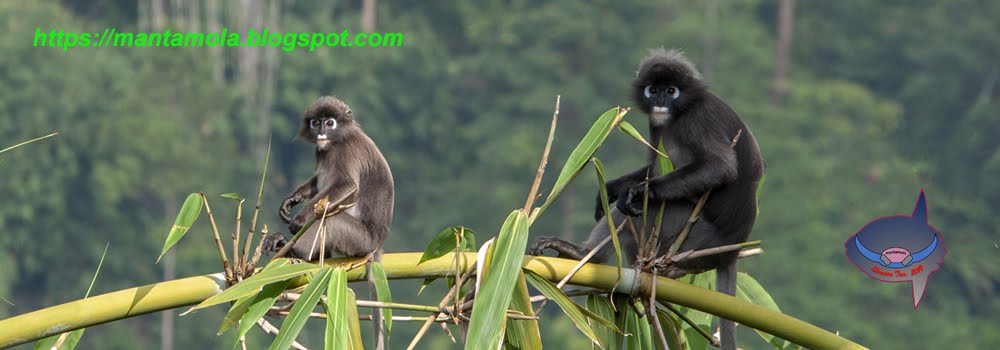
 Ria found this green little star with knobs on the back. There's a cut on the back probably attack by other predator.
Ria found this green little star with knobs on the back. There's a cut on the back probably attack by other predator.  I didn't manage to find any live horse shoe crab but I did see at least 4 dead horseshoe crab on the shore. The one on top still looks quite fresh.
I didn't manage to find any live horse shoe crab but I did see at least 4 dead horseshoe crab on the shore. The one on top still looks quite fresh. There are several big carpet anemones and this one house a big anemone shrimp.
There are several big carpet anemones and this one house a big anemone shrimp.
The ball sea cucumber (Phyllophorus spiculata) are simply abundance. It can be seen with every few steps and I have to watch my steps and so that I will not step on them.
 Another very common sea cucumber that can be found at Changi shore.
Another very common sea cucumber that can be found at Changi shore. This sea cucumber with smooth body is also quite common on Changi shore.
This sea cucumber with smooth body is also quite common on Changi shore. This spiky sea cucumber have the skin that looks exactly like the sand below. When you see them next time, don't try to wash the sands away from their body!
This spiky sea cucumber have the skin that looks exactly like the sand below. When you see them next time, don't try to wash the sands away from their body!
We came across a few rabbit fish that got stranded on the sea grass bed during low tide. This also gave us a very good opportunity to have a close look on the two special distinct similarities to the rabbit, which have given this fish its name. One is the amazing mouth that slightly protrudes, baring its sharp teeth. These teeth are used for munching on dead coral branches. The fish’s feeding behavior is the second of the similarities to the rabbit. It is a continuing action that gives the appearance of constant munching. Another odd characteristic is the razor sharp fin that can inflict a painful cut; in fact, some species have poisonous glands along their spines, which immediately releases a toxic substance into the inflicted cut. This banded pipe fish is among fishes that got stranded by the going tide.
This banded pipe fish is among fishes that got stranded by the going tide. This school of Eeltail catfish (Plotosus lineatus) really give me some hard time trying to take their photo. They keep swimming on random yet coordinated directions.
This school of Eeltail catfish (Plotosus lineatus) really give me some hard time trying to take their photo. They keep swimming on random yet coordinated directions.
This big moons crab is looking for any incoming predator with the body half submerge in the sands. With all the legs in paddle shape, they can easily burrow into the sands with a very fast speed. This is a juveniles moons crab that CH found. Note that all their legs are flat and in paddle shape.
This is a juveniles moons crab that CH found. Note that all their legs are flat and in paddle shape.
I found this very small crab either take cover or waiting for the worm to come out from the tube that attached on a empty volute shell. This big swimming crab with purple legs! Don't remember I seen this colouration before.
This big swimming crab with purple legs! Don't remember I seen this colouration before.

Without the hard shell as protection, beside taking empty shell of other snails as their home. This hermit crab is adding another security by engaging this big 'body guard' - an anemones!

This Geographica sea hare (Syphonota geographica) caught HB attention while trying to burrow into the sands.

Another expert n burrowing is this peanut worm.
 This is the trail or processed sands that leave behind by Acorn worms. Looks like is still fresh!
This is the trail or processed sands that leave behind by Acorn worms. Looks like is still fresh!
A close up look on the peacock anemones. Isn't it beautiful?

I like this anemones that looks like glass. The translucent body almost transparant under the sun light.
 According to CH this is the egg capsule of either octopus or cuttle fish. Really looks like black pearl!
According to CH this is the egg capsule of either octopus or cuttle fish. Really looks like black pearl! Another exciting feather star found by CH.
Another exciting feather star found by CH. Found this beautiful empty shell. It mght be a olive snail.
Found this beautiful empty shell. It mght be a olive snail. I also saw this rather huge noble volute.
I also saw this rather huge noble volute. Is not too difficult to spot button shell at Changi. However, it is either empty or occupied by hermit crab. However, I got to see live button shell today!
Is not too difficult to spot button shell at Changi. However, it is either empty or occupied by hermit crab. However, I got to see live button shell today! Oh! They got two stalk eyes too.
Oh! They got two stalk eyes too.This stretch of narrow and heavy human traffic shore really a fantastic place that worth going back again and again.

No comments:
Post a Comment